Sound:
Before you start listening to the Trió you should make sure that you have found an eartip that fully seals your ear-canal. An imperfect seal can be the cause for weak bass, not enough body and an overall wrong impression of sound. When you found a pair that fits you well, you will be granted with a very nice and organic sound.
Trió has a guttural and physical bass reproduction. It has a smooth and softer appearance, however lows can also become pumping and authoritative, depending on the music you’re listening to. The Trió reaches deep with a nice sub-bass grunt. There is plenty of resolution in the lows, however I feel Trió trades resolution here more for a natural sounding low end, where texture is key. Bass has good speed and comes across as vibrant especially when listening to some electronic genres.
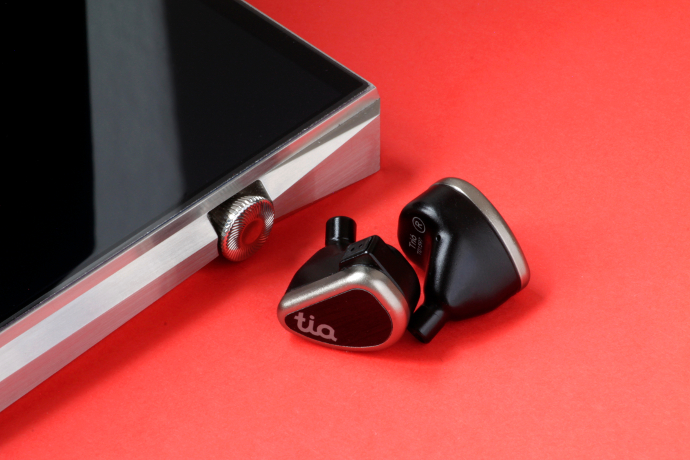
64 Audio Tia Trió
Mid and upper bass seem more forward tuned than sub-bass, and certainly give the midrange a boost. Mids have a warmed up lower segment, which makes absolute sense since they are also handled by the dynamic driver. You get dense and emotional sounding vocals, instruments with excellent body and weight. There is enough air in the midrange to make them not sound closed-in, which is a big plus for me. Mids don’t sound veiled or covered up, but rather clear and precise.
Lower mids are full and give male singers a nice physical touch. There is good resolution and transparency in the entire midrange. The air around the instruments makes sure you get to tell the musicians apart in the room they’re performing in. Trió creates a nicely spread soundstage that’s wide and deep, one that goes outside of your head with the right recordings. It doesn’t have a holographic soundstage like the Fourté, but keeps musicians closer to you, where you are more in the single digit lines in the audience. Where I find the Trió particularly well performing is layering and imaging. It takes every sound and places it with good care.
Mids are nicely rich, and that goes especially for the upper mid segment, where I find the Trió to shine. It doesn’t have any problems with getting a good upper-mid and treble presence out, even though there is an emphasis on the lower frequencies. Upper mids have a nice glow in them, which makes certain brass instruments very enjoyable to listen to.
I’ve always been fond of the tiatm treble, and it was no surprise that the Trió again proved to be of the same trait as its siblings in the 64 Audio line-up. Highs are crisp, fast and energetic. They bring a lot of air to the table and have wonderful detail-retrieval. The Trió scratches out fine details of each track and portrays them right between your ears.
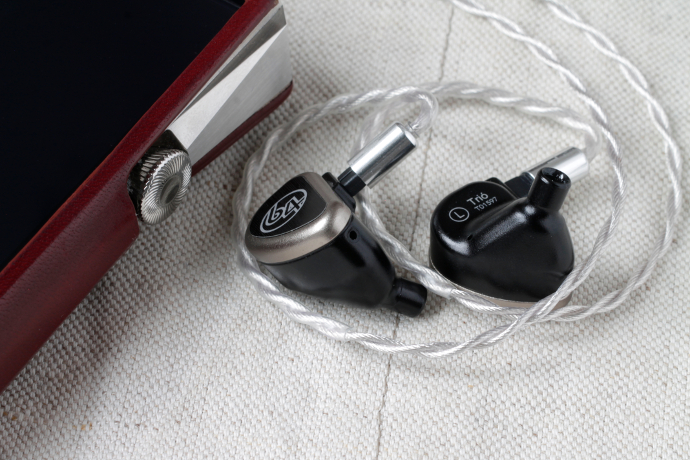
64 Audio Tia Trió
Aftermarket cables:
The Trió comes with 64 Audio’s premium SPC cable, and effectively has been tuned with this one. Many people, me included, are looking to tickle the last few drops of performance out from their monitors, and thus seek help from upgrade cables. I have played with a hand full during the past weeks and found a few to be particularly well performing with the Trió.
Effect Audio – Leonidas II
The Leonidas II is the best sub 1000$ cable if you want to give Trió better definition and dynamics. It tightens up the lows, adds resolution across the board and improves imaging by placing the music on a deeply dark background.
Sounds get cleaner and purer. The treble does get softened and a touch richer, but it still possesses the impressive energy from the tiatm driver. With Leonidas II you will get a bigger soundstage, with a slightly more holographic portrayal of sound. There is better extension into both directions, where bass goes deeper and highs wider.
There is noticeably more air in the midrange with Leonidas II and even the finest of beebs is clearly heard. It always fascinates me how Leonidas II does that. it feels like every clap in a live performance gets separated from the other in the audience.
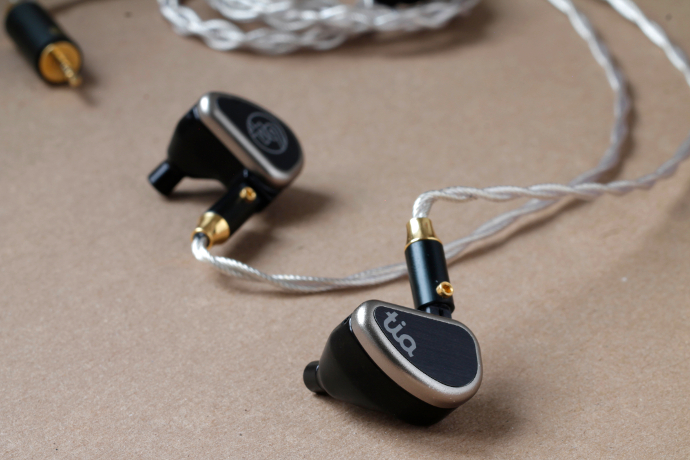
64 Audio Tia Trió
Plussound – Tri Silver
The Tri-Silver gives the 64 a more holographic sound, where singers are especially put to your front. You will get enhanced imaging, though the background isn’t as dark as with Leonidas II, it’s still improved in noise. What I like about this particular pairing is the added richness and smoothness in the midrange.
Bass is tighter and better controlled with the Tri-Silver, it reaches deeper and places mid and upper bass more in line with sub-bass, though it still stands out ahead of it. If you want vocals to stand out a bit more, this might be the cable to go, as they really do sound seductive with the Tri-Silver combination.
Double Helix Cables – Clone Fusion
The Clone Fusion is a resolution monster, that brings some decent thunder to the lows of the Trió. Bass gets tighter but also bigger punch and impact. The Clone Fusion adds accuracy and texture to the sound, it sharpens the edges from bass to treble and gives the sound a certain look-at-me appearance.
Treble is crisper and even a bit brighter, making it sit on the edge, if you’re worried about discomfort and you’re more sensitive to highs, you might want to skip this one. The Clone Fusion creates a big soundstage, with impressive layering and body throughout.
Other great pairings would be Effect Audio’s Leonidas II Octa, Linum’s SuperBaX or PW Audio’s 1960s 4-wire.
Find out more about the Trió after the jump.





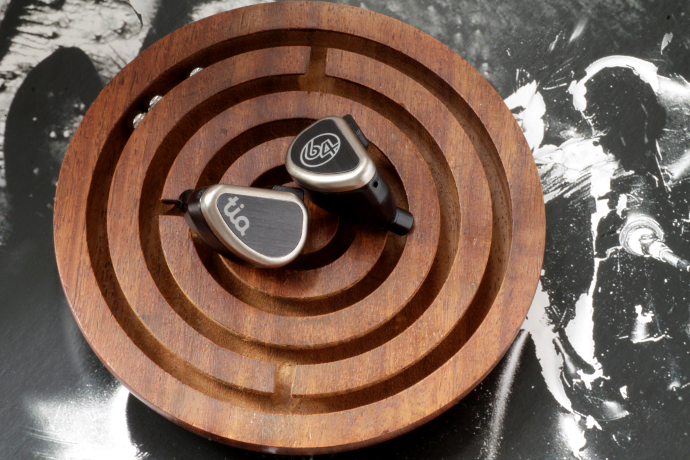
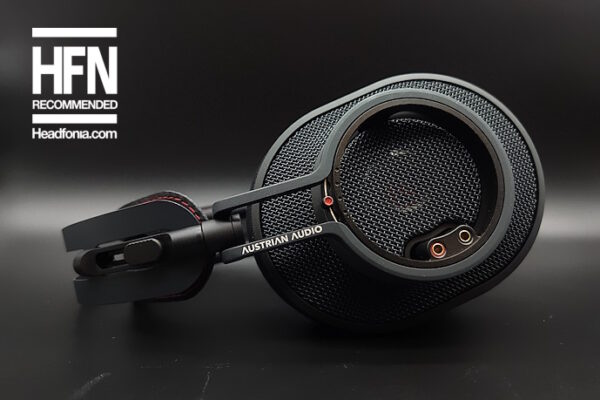

Noah
Great review! I was also surprised at how much I liked the Trio all around. Personal favorite cable pairing – Leo II 4 wire? I’m using the Ares II 8 wire but looking to eke out better technicalities
Linus
Hi Noah,
thanks for your comment.
My personal favorite would be the Leonidas II, yes. 🙂
Cheers!
ILKER ONIER
Hi Linus,
So you’re saying Trio is worth replacing my U12t and/or U18t ?
Linus
Hi Ilker,
no, I am not saying that. I said the Trió is my favorite universal IEM, the 12t and 18 are both custom fit IEMs of mine 😉
ILKER ONIER
oh I see, they’re in ciem category. But mine are universal, what to do? I’m always interested in hybrids with dd. Solaris is good but not very comfortable for me. Seriously considering Khan or Trio.
Linus
Depends what you like. Trió is softer and more organic, Khan has more power and is richer up top – both are nice monitors.
ILKER ONIER
Any Sony Ier-Z1r reviews in the foreseeable future?
Linus
Not that I know of, sorry.
Orys
Hi there man! GREAT review!
I got a Tia Trio minty pair.
These seem to be VERY power hungry.
I have them on vol 100 on a Plenue 2 mkII on 2.5 mm balanced output.
The U12 I have around 80. Is this normal?